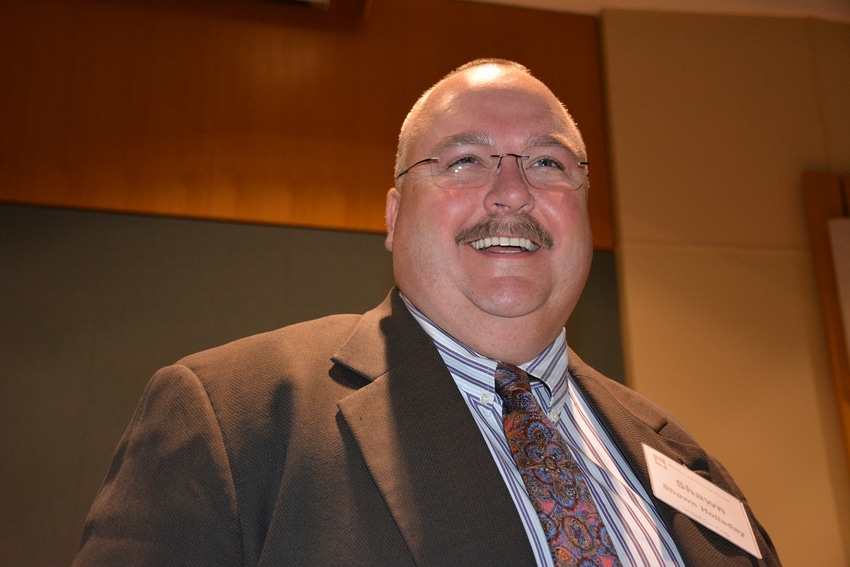
Despite the low price, despite the weather, despite the disappointing treatment cotton received in the farm bill, things will get better.
“This is not a 10-year problem,” says Plains Cotton Growers President Shawn Holladay. “It’s a couple of years’ problem.”
Holladay provided a ray of optimism at the PCG annual meeting in Lubbock. “I see some good things in the farm bill. I think next year we will see more adoption of STAX than this year. We can’t judge a product on one-year’s expectation because we can’t outguess a county-wide program.”
He says the yield exclusion will be a helpful tool in coming years. And producers can treat every farm differently, but they have to study the programs.
“I also see optimism with our strong House Agriculture Committee and the committee staff. Their help was invaluable, and we will have to lean on them even more in the future.”
For the latest on southwest agriculture, please check out Southwest Farm Press Daily and receive the latest news right to your inbox.
Holladay said the farm program cotton farmers have is not what they wanted or what they expected when the process started with the sequester meetings back in 2011. “Now, we just have to look at what we can produce sustainably. At PCG we are working diligently on implementation of the farm bill as circumstances pop up that no one foresaw.”
Family farm is backbone
The family farm remains the backbone of American agriculture, he added. “I’m optimistic for the future of family farms. We’re in a pretty tough spot right now, and we will see fewer farmers on the High Plains next year than were here last year. And that’s not because they want to be gone.”
Folks outside of rural America have little understanding of what a family farm is, he added. Size is not the proper measuring stick. “The farms I drive by every day on the way to the farm the most distance from home are all family farms. A lot are large farms; they have to be to survive. But they are still family farms.”
Farms that endure, he says, will use available insurance policies and learn how to “better manage major risks.”
Despite several years of drought, Holladay sees advantages for High Plains cotton. “We are still producers of high quality cotton, and that’s what the world wants. We will see market opportunities that we don’t expect now.”
Holladay said Plains Cotton Growers has been at the forefront in helping educate producers about options available in the farm bill. “We were a big factor in saving coverage for cottonseed,” he said.
Maintaining strong farm organizations will be crucial over the next few years as growers deal with a radically new farm program and adjust to market fluctuations and a less certain safety net.
“We’re only as strong as we are together,” Holladay said. “Our strength remains our ability to come together as a group. Policies are cyclical. We all remember good farm bills and bad farm bills. Through it all, we have to keep our farm organizations strong. We have to work together.
“Weather is cyclical; prices are cyclical. We just have to put our heads down and go to work.”
Holladay said High Plains farmers may be in a little better condition as they approach planting time than they have been for the past few years. “We have a little soil moisture; we’ve had a few rains, so we will be ready to plant cotton. That’s what we do.”
About the Author(s)
You May Also Like






